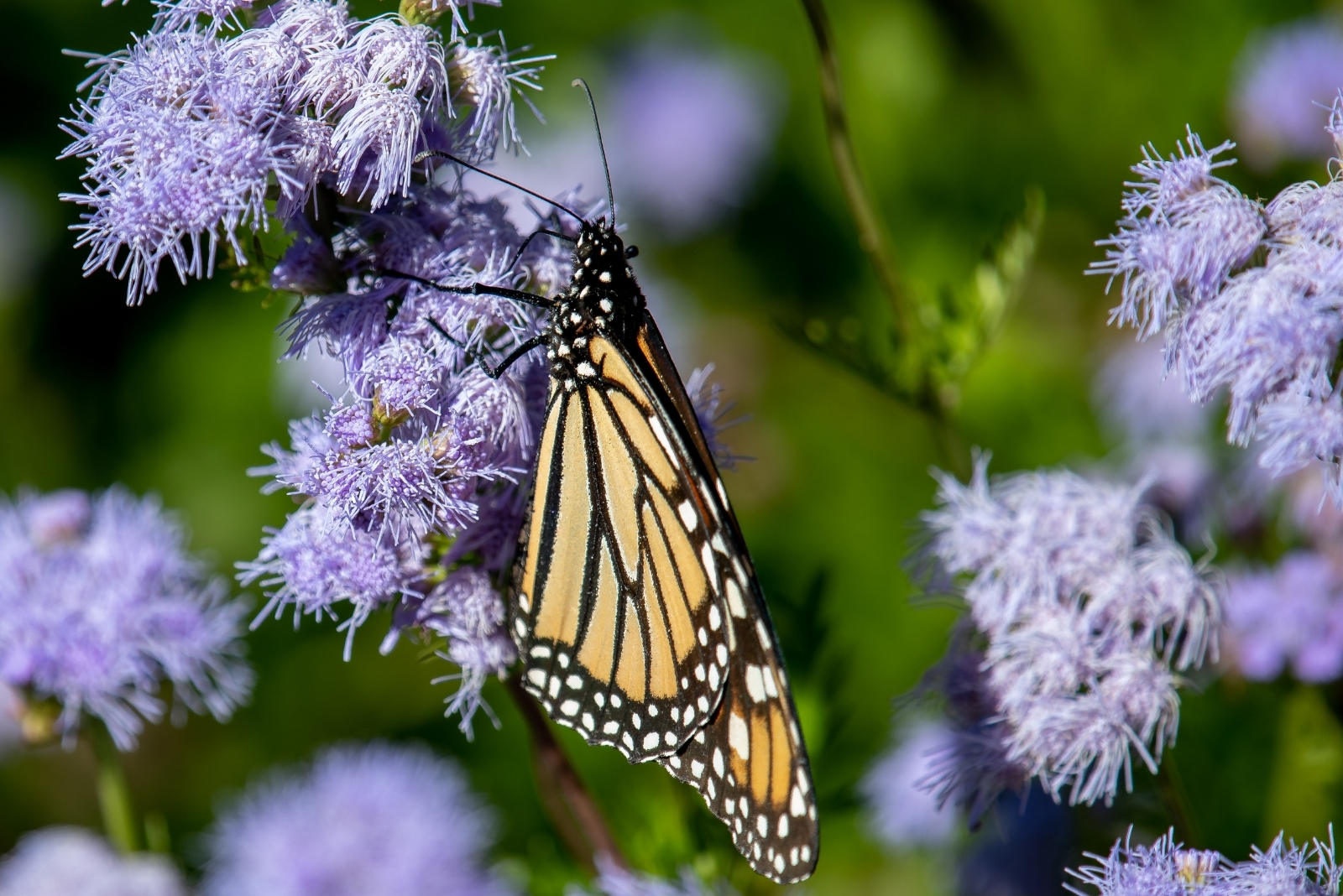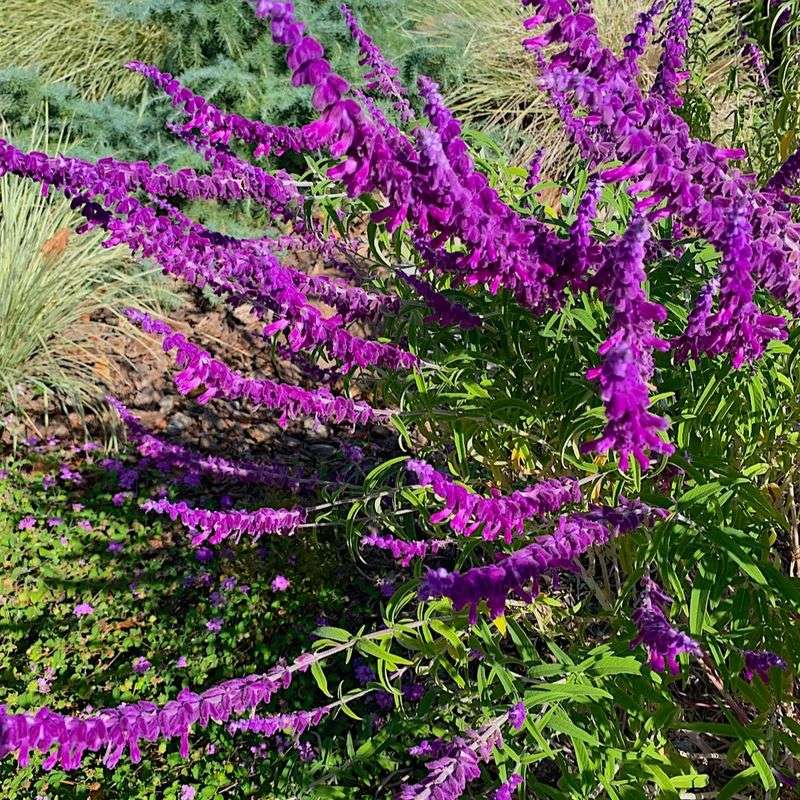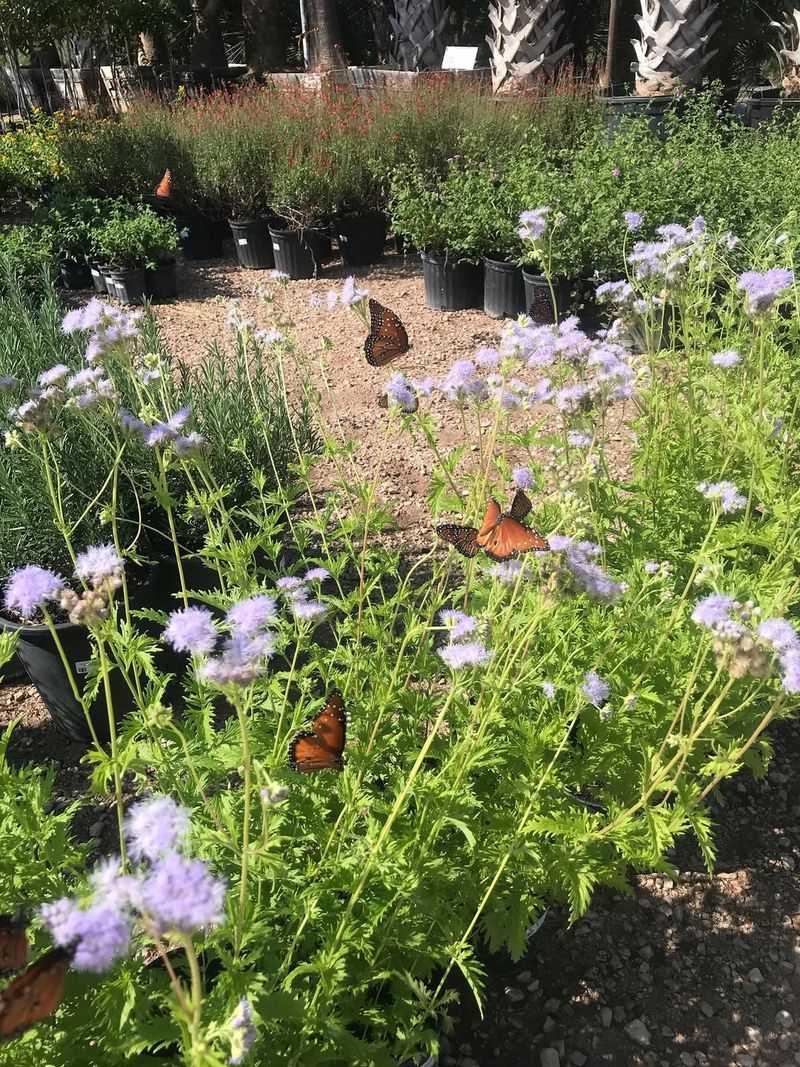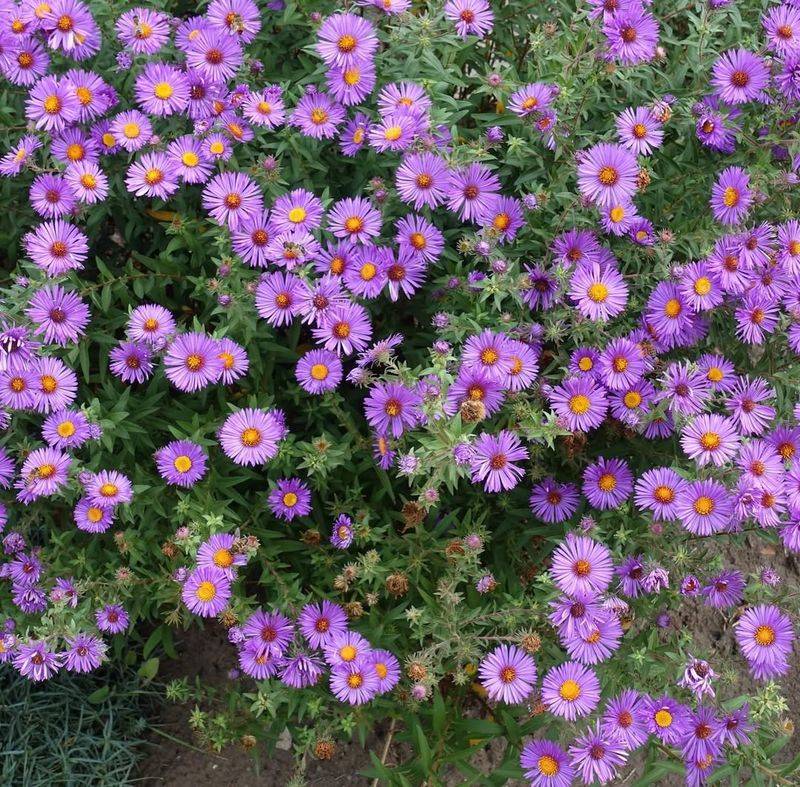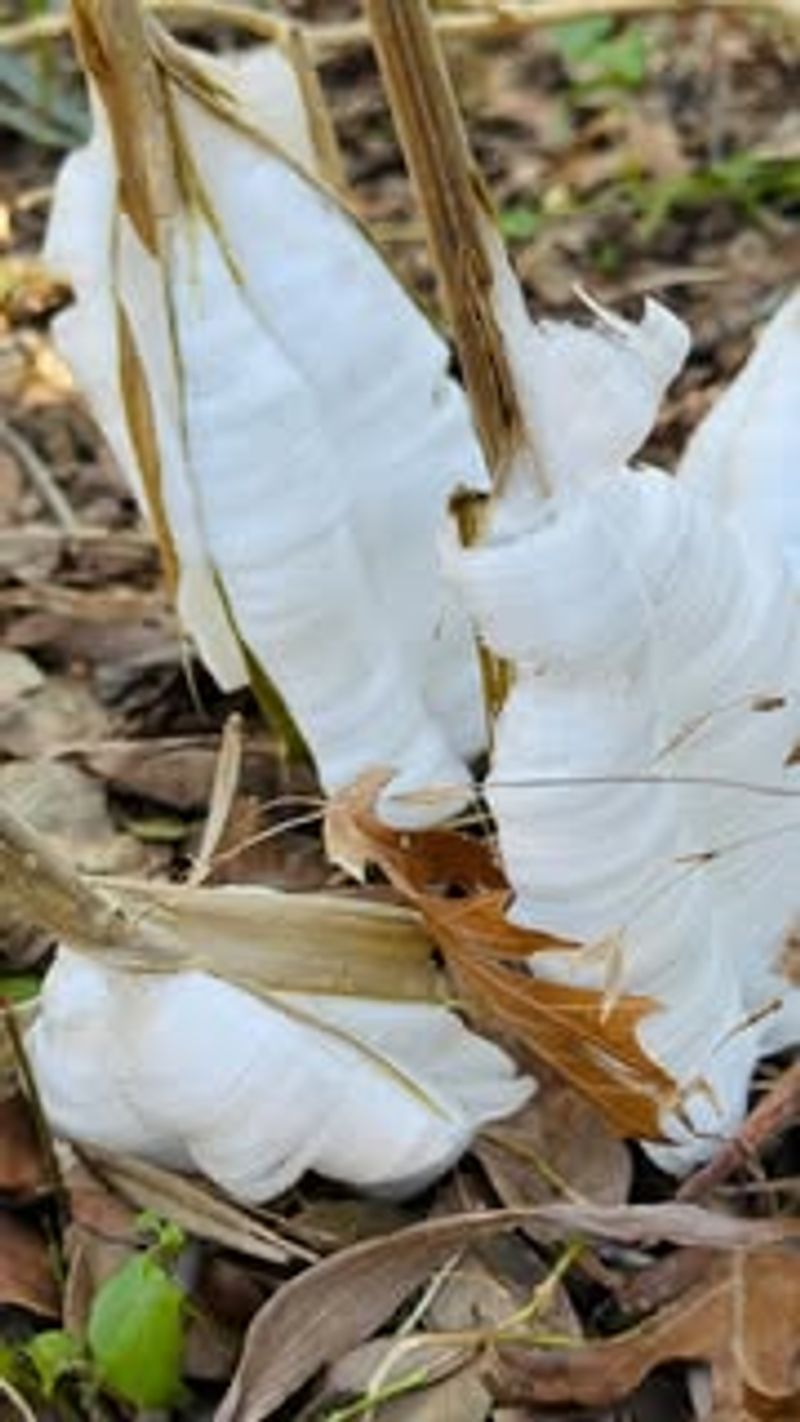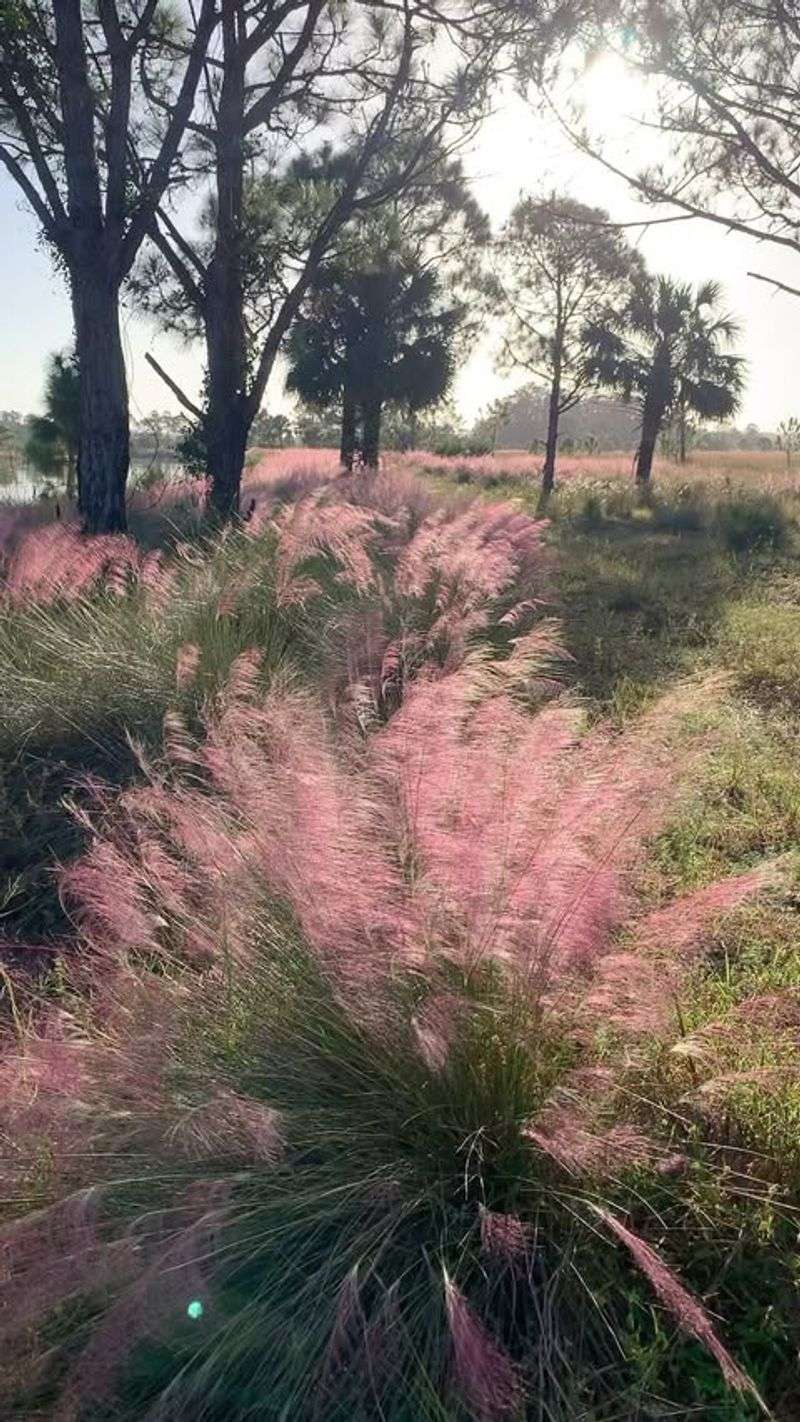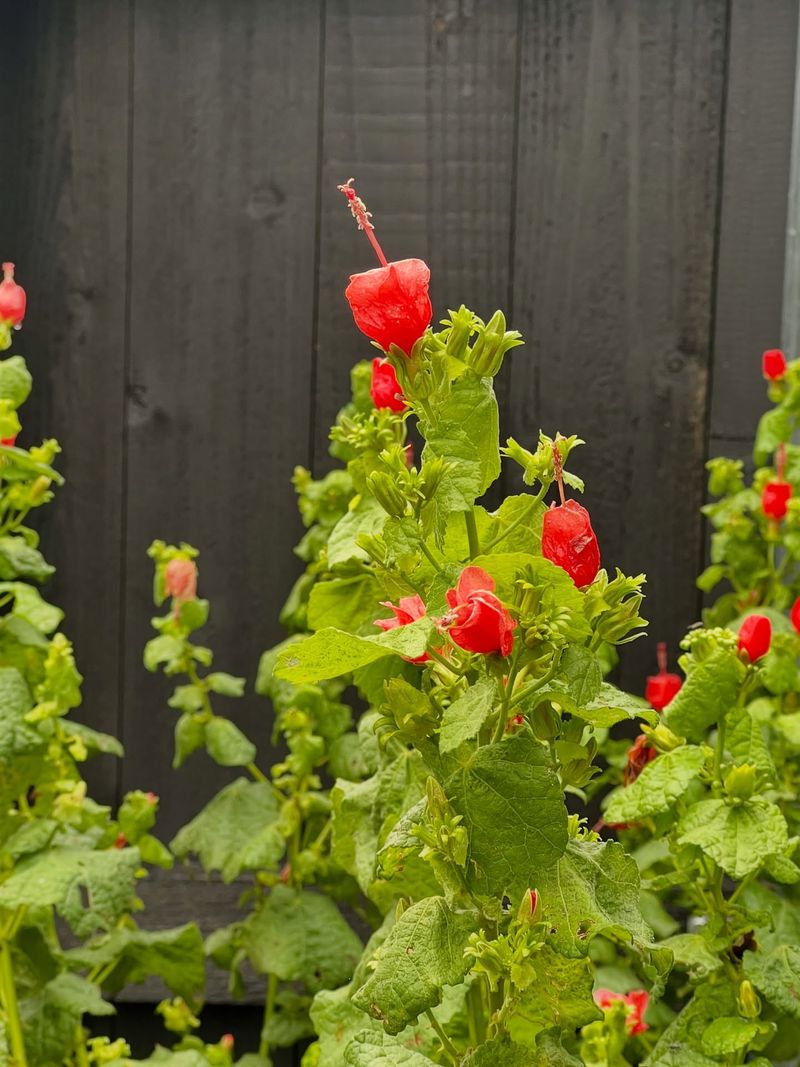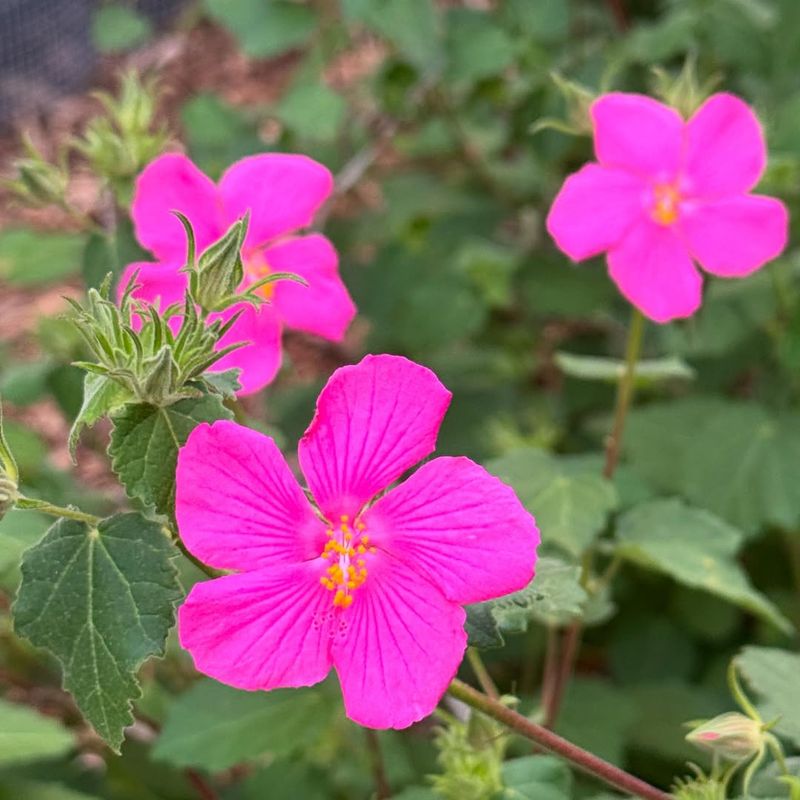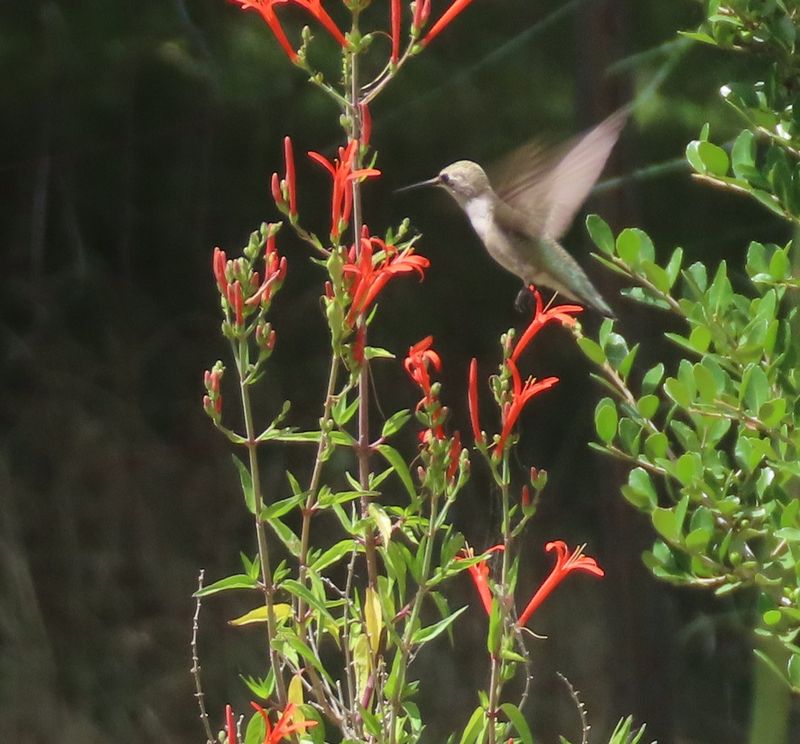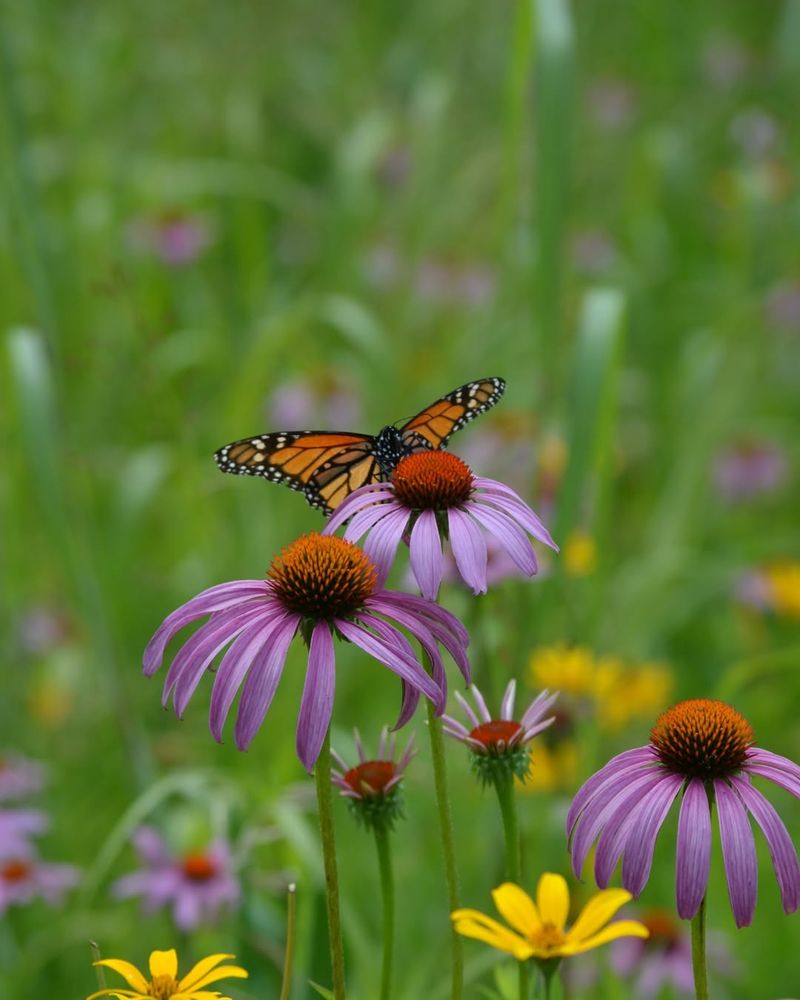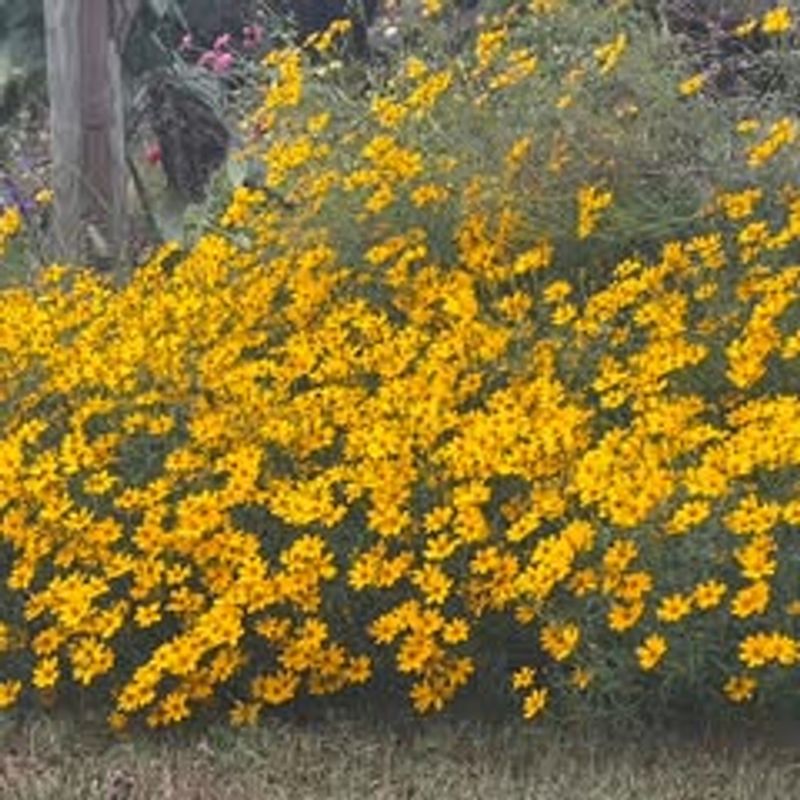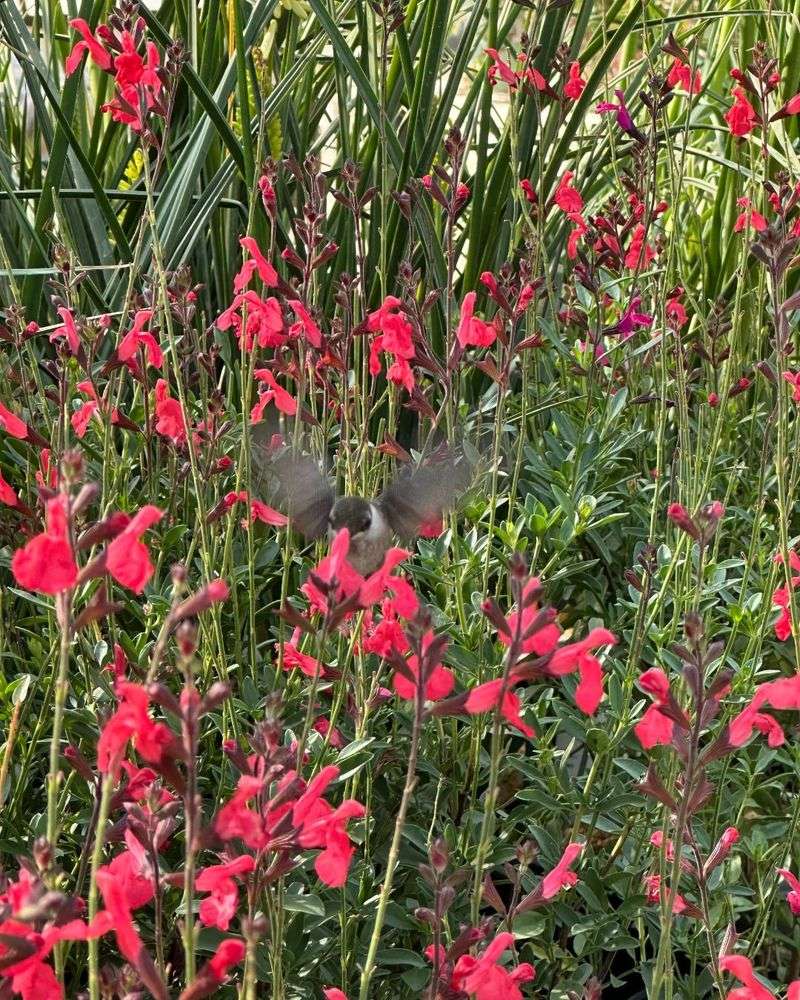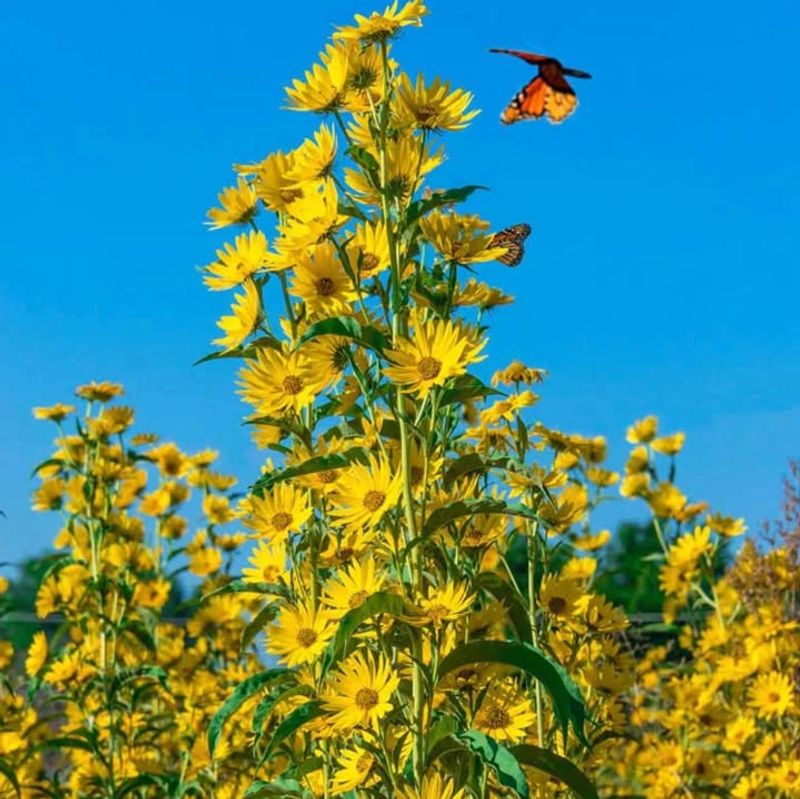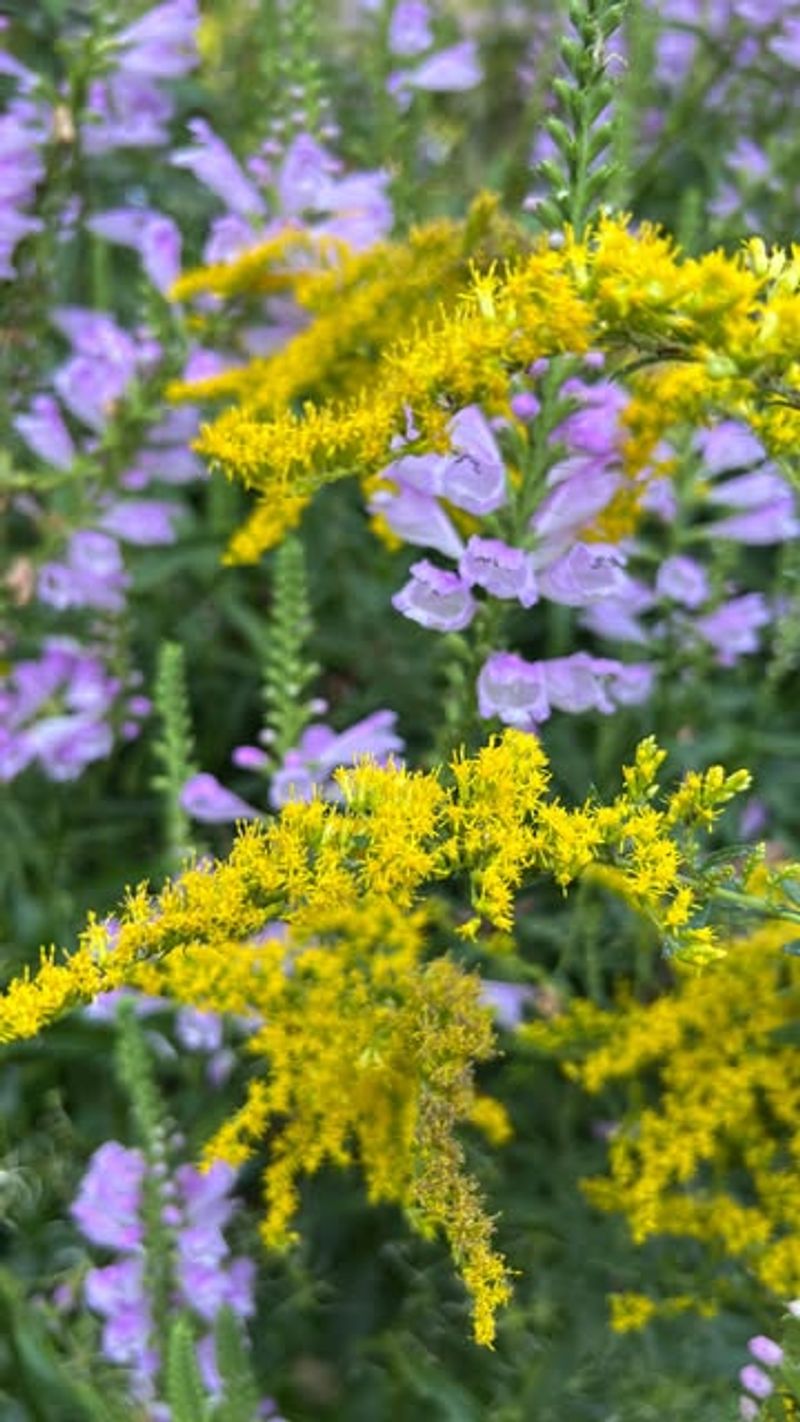Fall in Texas offers a final burst of color, and certain perennials make it unforgettable. Butterflies flock to these plants, adding movement and charm to gardens.
They’re a treat for both the eyes and the ecosystem. Texas gardeners will love adding these 13 perennials to their fall planting plans.
1. Mexican Bush Sage
The velvety purple spikes create a dramatic display in Texas gardens from September through first frost. Monarchs can’t resist the nectar-rich blooms that appear when they need fuel for migration south.
This drought-tolerant perennial requires minimal care while delivering maximum butterfly appeal. The silvery foliage adds textural interest even when not flowering, making it a standout choice for sunny borders.
2. Gregg’s Mistflower
Nicknamed ‘butterfly magnet’ for good reason, this Texas native produces fluffy blue flower clusters that queens and monarchs flock to. The nectar-packed blooms appear just as butterfly migration reaches its peak through the Lone Star state.
Low-growing and spreading, it creates a beautiful groundcover in partial shade areas. Hardy through winter in most Texas regions, it returns reliably each year with minimal maintenance.
3. Fall Aster
Bursting with daisy-like blooms in shades of purple, pink and white, fall asters create a late-season celebration in Texas gardens. The flowers feature yellow centers that serve as landing pads for various butterfly species seeking nectar.
Well-adapted to Texas heat, these hardy perennials thrive in sunny spots with good drainage. Their compact growth habit makes them perfect for borders or containers where you can enjoy the butterfly visitors up close.
4. Frostweed
Not only does this Texas native support butterflies with its white autumn flowers, but it also creates fascinating ice sculptures when temperatures drop below freezing. The stems split and exude sap that freezes into delicate curls.
Thriving in partial shade, frostweed reaches impressive heights of 3-5 feet in Texas gardens. Queen butterflies particularly favor this plant, making it a valuable addition to any butterfly-friendly landscape.
5. Gulf Muhly Grass
While not nectar-producing, this ornamental grass serves as essential butterfly habitat in Texas gardens. The spectacular pink cloud-like plumes emerge in October, creating a magical backdrop as butterflies dance through the garden.
Texas gardeners appreciate its drought tolerance and deer resistance. The feathery seed heads persist through winter, offering both visual interest and shelter for beneficial insects in the cooler months.
6. Turk’s Cap
Hummingbirds aren’t the only fans of these unique red hibiscus-like blooms that never fully open. Butterflies readily probe the twisted petals for nectar throughout fall in Texas gardens. The plant keeps flowering until first frost.
This shade-tolerant native thrives under live oaks common across Texas landscapes. Its bright red blooms stand out beautifully against the glossy green foliage, creating visual interest even in darker corners of the garden.
7. Rock Rose
Despite its delicate appearance, this tough Texas native produces papery pink blooms from spring through fall frost. Each flower lasts only a day, but new ones appear daily, creating a constant butterfly buffet in the garden.
Extremely drought-tolerant once established, rock rose thrives in Texas’ challenging climate. Its silver-gray foliage complements the bright flowers and adds year-round interest to water-wise butterfly gardens.
8. Flame Acanthus
Fiery orange-red tubular flowers make this Texas native irresistible to butterflies seeking late-season nectar. The drought-tolerant shrub continues blooming through October when many other plants have finished for the year.
Texas gardeners love its resilience in poor soils and hot conditions. The arching branches covered with small but vibrant blooms create a fountain-like appearance that adds movement to butterfly garden designs.
9. Purple Coneflower
Though peak bloom occurs in summer, these native perennials often produce a second flush of flowers in Texas’ extended growing season. The distinctive seed heads remain attractive through fall, providing both nectar and landing spots for butterflies.
Texas butterfly gardeners appreciate how easy these plants are to grow. Their drought tolerance and disease resistance make them perfect low-maintenance choices for sunny areas where butterflies can easily find them.
10. Copper Canyon Daisy
Bursting into brilliant yellow bloom just as monarch migration peaks through Texas, this aromatic perennial offers perfect timing for hungry butterflies. The marigold-like flowers cover the plant from October until hard frost, creating a golden display.
The feathery foliage emits a distinctive sweet scent when brushed against in Texas gardens. Though dormant during summer, it explodes with growth and flowers when temperatures cool in early fall, making it worth the wait.
11. Autumn Sage
Available in shades from scarlet to pink and white, these tubular blooms offer Texas butterflies a reliable nectar source through fall. The plant’s name perfectly describes its peak performance season, though it often blooms from spring until frost.
Texas gardeners value its exceptional heat and drought tolerance. The aromatic foliage deters deer while the continuous flower production ensures butterflies always find refreshment, making it a win-win addition to any landscape.
12. Maximilian Sunflower
Towering up to 8 feet tall, these native sunflowers create a dramatic backdrop in Texas butterfly gardens. The bright yellow blooms appear in September and October, providing abundant nectar just when monarch migration is in full swing.
Unlike garden sunflowers, these perennials return year after year in Texas landscapes. Their deep roots help them withstand drought while supporting soil health, making them both beautiful and beneficial additions to naturalistic gardens.
13. Goldenrod
Often unfairly blamed for allergies, this valuable native plant produces spectacular yellow plumes that butterflies adore. The nectar-rich flowers bloom throughout fall across Texas, supporting numerous butterfly species preparing for winter.
Texas gardeners appreciate how goldenrod attracts beneficial insects beyond just butterflies. The plant’s deep root system makes it drought-tolerant once established, and its bright color combines beautifully with purple fall bloomers in naturalistic garden designs.

